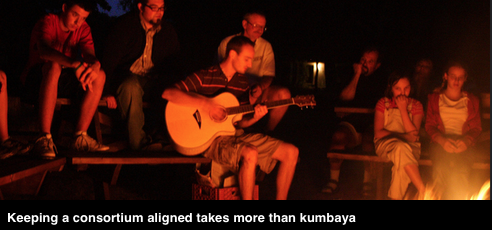Plain language proposals are convincing, easy to read and easy to score—all good qualities. And a cardinal plain language rule is to avoid the passive voice. Passive voice makes sentences sound weak and their intent less clear. But, as this post explains, passive...











